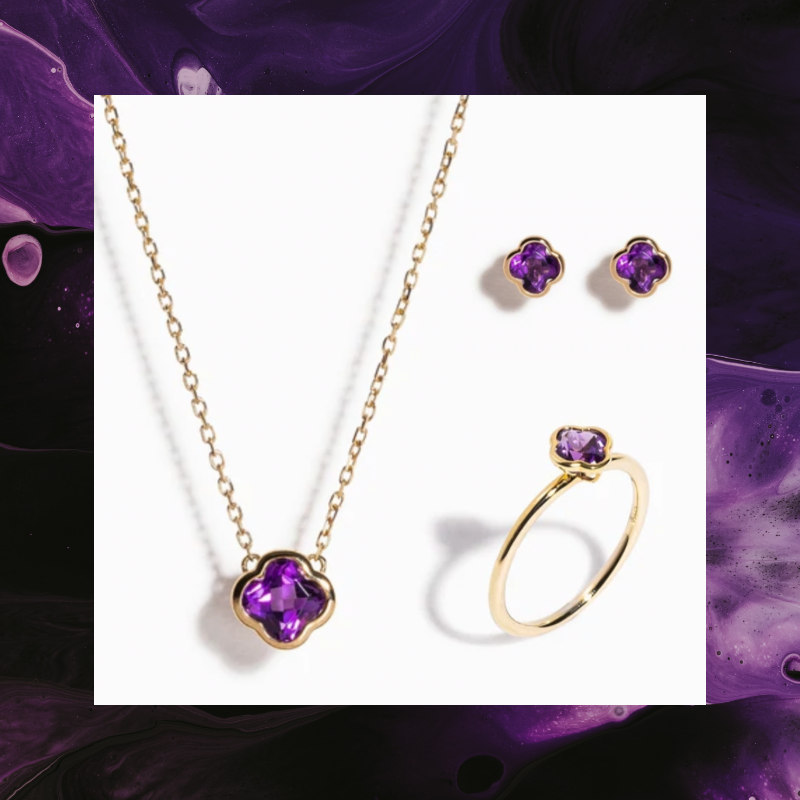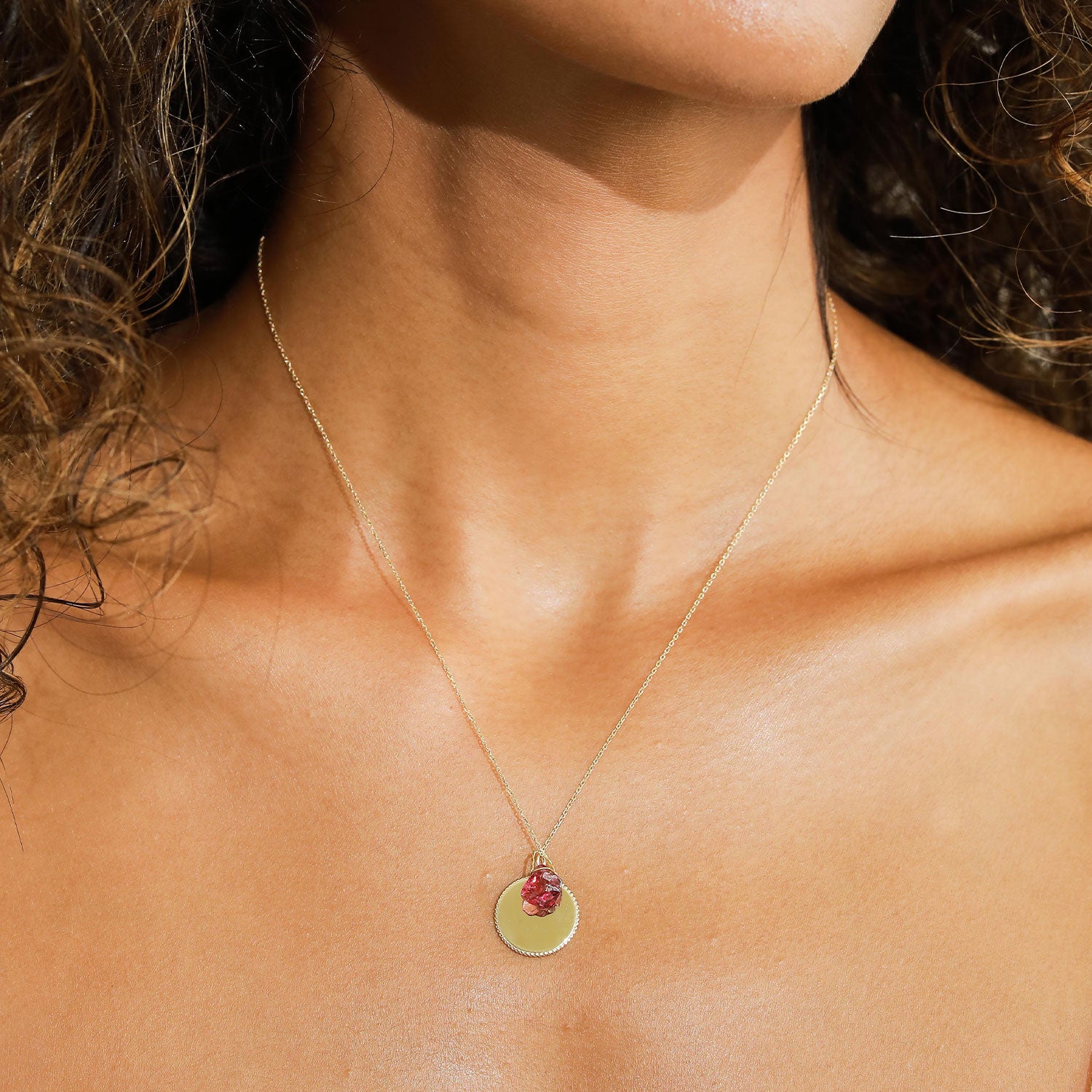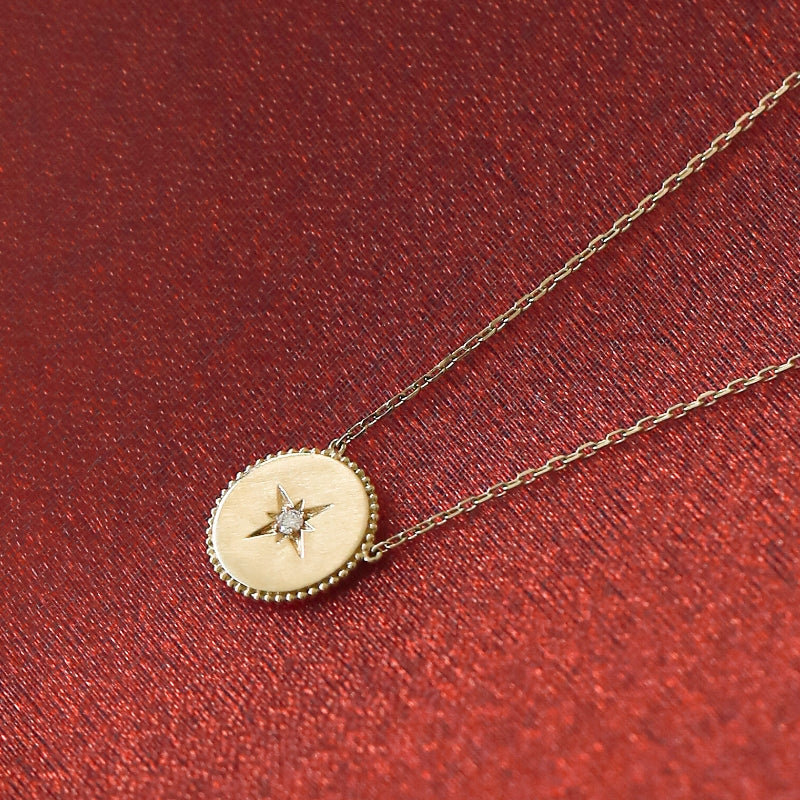
From Coco Chanel in the 1920s to Kamala Harris in the 2020s, pioneering women have donned Akoya pearls for decades as a symbol of strength, status, style and femininity. Known for their unmatched lustre, perfectly round shape and colour consistency, it's no surprise that Akoya pearls are the pearl of choice amongst the most prestigious fine jewellery houses worldwide. But where do these beauties come from, and how did they come to be the 'power pearls' as we know them today? Let's find out.
First, some fun facts
Pearls are the oldest gems discovered by humans and the only ones formed inside a living creature, namely oysters and mussels. When an irritant, such as a piece of shell, finds its way into a mollusc, it immediately starts coating the parasite with layers of a hard and iridescent substance called 'nacre' as a defence mechanism. Over time, these layers grow into a pearl.
Pearls are natural beauties — literally. Where diamonds and other gemstones have to be cut and polished to show their sparkle, pearls look perfect straight out of their shells.

More pearls of wisdom
There are many different kinds of pearls, but they can roughly be divided into natural and cultured pearls, freshwater and saltwater pearls.
Also known as 'wild pearls', natural pearls are formed by lucky accidents of nature. Finding a wild pearl is a matter of luck and LOTS of patience: only one in about 10,000 (!) oysters will naturally produce a pearl. A strand of 80 pearls would take about 800.000 (!!) oysters to crack open, and then, even if the odds are in your favour, there are no guarantees that all pearls will be of a similar shape and size... You can imagine why traditionally, pearl jewellery wasn't for everyday people.
Enter the cultured pearl. Making waves in the jewellery industry since the early 1900s (more on that in a minute!), cultured pearls are created with a bit of human help. At pearl farms, round polished beads made of mother-of-pearl and a small piece of mantle tissue — called the nucleus — are carefully implanted into the oyster to create a perfectly round pearl. The nucleus is the most important part of pearl cultivation as it determines the quality of the pearl.

What are Akoya pearls?
The Akoya pearl is the world's first-ever cultured pearl. It's a saltwater pearl grown in Japan and other waters across Southeast Asia and Australia. Measuring about 6 to 8 centimetres in size, Akoya oysters are the world's smallest pearl-making oysters. As they're much smaller than freshwater mussels, so are its pearls: usually, Akoya pearls average between 3 and 10mm.
Saltwater pearls are usually considered to be more valuable than freshwater pearls because they take longer to cultivate. It takes about 10 to 18 months for an Akoya pearl to be ready to harvest. Akoya oysters can also only grow one pearl at a time; freshwater mussels, in comparison, can produce up to 30 pearls at once!
Akoya pearls have an extremely bright lustre because they grow in relatively cool temperatures. The latter causes the nacre to form slower, resulting in more compact layers. The tighter these layers of nacre are, the more intense the pearl's lustre looks. Akoya pearls have the highest nacre thickness. So, who exactly was responsible for creating these extra-lustrous beauties?

Left to right: Pearlet Open Ring, Mini Beaded Ring, Pearlet Trio Ring, Wave Ring, Pearlet Necklace - 3mm
The first Akoya pearl
You have Japanese businessman Mikimoto Kōkichi to thank for bringing this extraordinary saltwater pearl to your jewellery box. While Mikimoto wasn't the first to experiment with pearl culturing — that accolade goes to British marine biologist William Saville-Kent — he was the first to market them to the world.
Mikimoto successfully created his first pearl in 1893 by seeding a small piece of Mother of pearl into an Akoya oyster. However, it took him another twelve years to perfect his pearls' shape. In 1899, Mikimoto opened his first boutique in Ginza, Tokyo's most luxurious district. By the time the roaring twenties rolled around, Mikimoto's pearls finally became a commercial success despite initial public criticism that his pearls 'weren't real'.
At the 1937 World Exposition in Paris, Mikimoto exhibited 'Yaguruma', a now-legendary multifunctional sash clip adorned with diamonds, sapphires, emeralds and forty-one glistening Akoya pearls. Drawing 'oohs' and 'aahs' from curious crowds, the piece cemented his reputation as the 'Pearl King'.
After World War II, British, American and other Western soldiers brought back strands of pearls for their wives and girlfriends waiting at home. Mikimoto's pearls were quick to become a staple accessory in every woman's wardrobe.

Power pearls
From Queens and First Ladies to movie stars and CEOs, pearls have long been, and still are, the gem of choice for women breaking style rules and shattering glass ceilings.
Way before Mikimoto worked his magic, pearls used to be reserved for royalty and the very rich. Legend has it that Egyptian queen Cleopatra dissolved a pearl in a glass of wine and drank it to win a bet with the Roman politician and general Marcus Antonius that she could host the most expensive banquet in history.
Pearls were among the favourite gems of European royals and nobility: Italian noblewoman Catherine de' Medici; Elizabeth I, Queen of England; Marie Antoinette, Queen of France; Russia's longest-ruling female leader Catherine the Great; Empress Joséphine of France and Alexandra of Denmark could often be seen decked in pearls.
Fashion pioneer Coco Chanel was rarely seen without pearl necklaces and was the first to layer a lot of them, stating that "women need ropes and ropes of pearls".

Classic Hollywood stars like Marilyn Monroe, Audrey Hepburn, and Elizabeth Taylor gave pearls an even more glamorous reputation. Marilyn's first pearl necklace was a string of Mikimoto pearls her husband gifted her during their honeymoon in 1954; Audrey famously wore a five-strand necklace in the iconic opening scene of her 1961 film Breakfast at Tiffany’s; and Elizabeth Taylor — who, fun fact, played Cleopatra in the 1963 movie of the same name — owned one of the most famous pearls in the world, ‘La Peregrina’. The big pear-shaped pearl was first discovered in 1513, became part of the Spanish crown jewels and was later worn by members of the British Royal family, including Queen Mary I of England.
Powerful women like Jackie O., who was famously quoted as saying that "Pearls are always appropriate", and Princess Diana inspired women worldwide with their style choices. Pearls were Princess Diana's favourite gem since she was a little girl; her go-to accessory were pearl earrings. Her iconic 1994 'revenge dress', one of the most famous fashion moments of all time, was accessorised with her signature earrings, as well as a statement pearl choker.
More recently, United States Vice President Kamala Harris put pearls in an even brighter spotlight. When she took to the stage to be sworn in as America's first Black, South Asian and female Vice President, she did so accessorised with an elegant pearl necklace. But this historic moment wasn't the first time she donned these lustrous gems. Kamala Harris has worn pearls at all key events in her life: from her college graduation and her swearing-in ceremonies as a United States senator of California in 2017 and the 49th vice president in 2021.
Pearlet
Trends come and go, but pearl jewellery will never go out of style. We gave the classic pearl necklace, earrings, ring and bracelet a subtle contemporary twist to become your very own 'power pearls'.
Adorned with Akoya pearls, our pieces are crafted with as much love for a sustainable future as the beauty, female strength and colourful history they embody.
by Loes van Iperen


